To celebrate the 220th anniversary of the Provincial Capital (1804 - 2024), the 30th anniversary of the establishment of Thanh Hoa City (1994 - 2024) and the 10th anniversary of the first-class urban area, Thanh Hoa Newspaper would like to introduce the collected documentary images of the ancient Thanh Hoa Citadel.
Thanh Hoa citadel under the Nguyen dynasty.
Thanh Hoa City is located on an ancient land with high mountains, fertile fields, and the Ma River flowing from the high mountains, depositing alluvium to enrich the lush fields. The shape of the mountains and rivers is engraved in history. Where Do Mountain is located, ancient people appeared, the land of the brilliant Dong Son culture, famous since the time of the Hung Kings who founded the country. Sacred mountains and rivers, a good land where cranes gather.
Map of Duong Xa area.
In 1804, Thanh Hoa citadel moved from Duong Xa village (in Thieu Duong commune, Thieu Hoa district) to Tho Hac village (Dong Son district, now in Dong Tho ward, Thanh Hoa city), laying the foundation for the birth of Thanh Hoa provincial capital.
Before 1804, Thanh Hoa's administrative offices were located in many different areas such as: Tu Pho, Dong Pho, Duong Xa citadel, Duy Tinh (Hau Loc). The land of Thieu Khanh, Thieu Duong (belonging to Thanh Hoa city today) was twice the location of Thanh Hoa's administrative offices (Tu Pho citadel was the location of Cuu Chan district and Tu Pho district; Duong Xa citadel from the Le dynasty to the end of the Tay Son dynasty).
Thanh Hoa citadel under the Nguyen dynasty.
Thanh Hoa Citadel (Hac Thanh or Tho Hac Citadel) was built during the Nguyen Dynasty. The citadel has a circumference of 630 truong, is 1 truong high, has 4 gates, a moat 8 truong 8 thuoc wide, 5 thuoc deep, and 6 toc. Hac Thanh was built on a precious type of land.
The Ma River in the North flows like a hug, like a wrap around the land. The Bo Ve River in the South is called "Ton Thuy" which is also very good. According to the famous philosopher Pham Thanh Dai: "Quy Thuy circumambulates the east of the city, forever does not see swords and soldiers", that is "Hac Thanh phi chien dia", a land of eternal peace, avoiding "diseases". To the west are the mountains Phuong Linh (Pine Forest - Son Vien), An Hoach (Nhoi Mountain - Nhue Son), like a phoenix spreading its wings, like elephants and horses meeting. The city has four gates, the South gate is the Tien gate, with Long Mountain and Ho Mountain as the front screen. That is "Long Ho Dong Hoi Kien - Bang Hu Cong Tri Giao - Xa Tac Nhu Thach Dien - Ho Hai Bat Ba Dao" (Dragons and tigers meet together like friends living together. The country is as stable as a stone palace. Rivers and seas never have waves or storms).
Life inside Crane City.
Provincial market (the land area limited by Tong Duy Tan, Le Hoan, Cao Thang, Hang Than streets); concentrated trade streets and guilds such as: Hang Huong, Hang Dong, Hang Than, Hang Thao, Tho Theu... is the largest market in the province, with three main sessions held each month on the 7th, 17th, and 27th of the lunar calendar....
Scene of old Thanh Hoa life.
Map of Thanh Hoa urban area in 1930.
On November 15, 1945, at the Lamp Factory, comrade Bui Dat, representative of the Provincial Party Committee, convened a Conference to announce the Provincial Party Committee's Decision to establish the first Party Cell of the Town (now Thanh Hoa City Party Committee), with comrade Tran Tien Quan (Trinh Huy Lang) as Secretary.
The establishment of the first Communist Party cell had great significance in the political life of the people of the Town. For the first time, the people of Thanh Hoa Town had their own direct General Staff to lead the people forward under the glorious flag of the Party, together with the people of the province and the whole country to fulfill the sacred mission assigned by history.
The next part will introduce images of Thanh Hoa town from 1945 to 1994.
Minh Hieu (ST)
Source: Photo book of Thanh Hoa City past and present
Source: https://baothanhhoa.vn/hinh-anh-tran-thanh-thanh-hoa-giai-doan-1804-1945-232969.htm


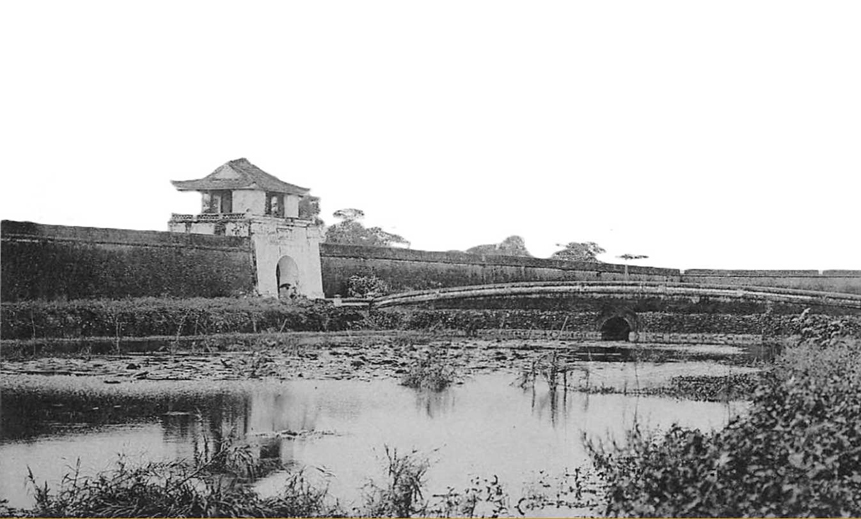
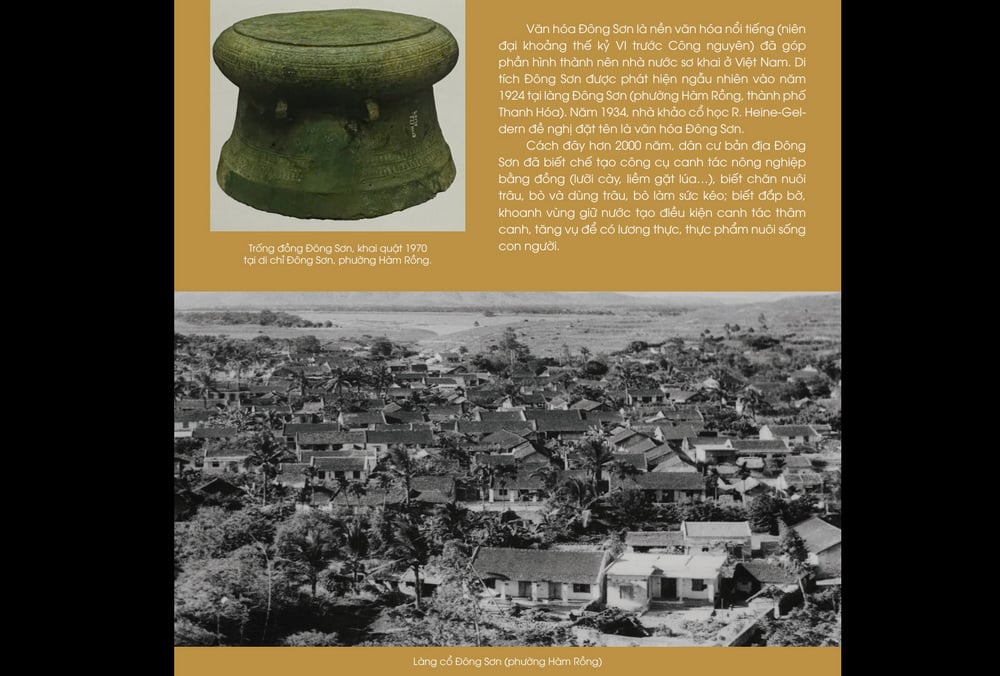
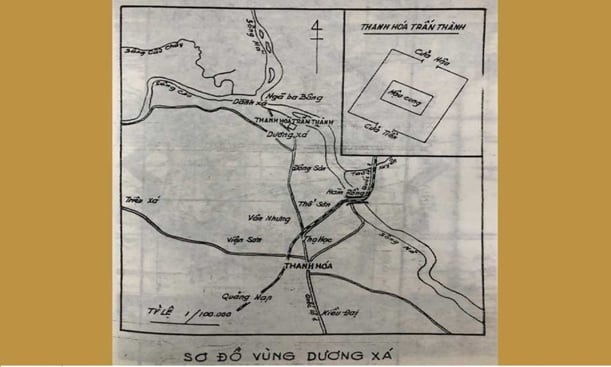
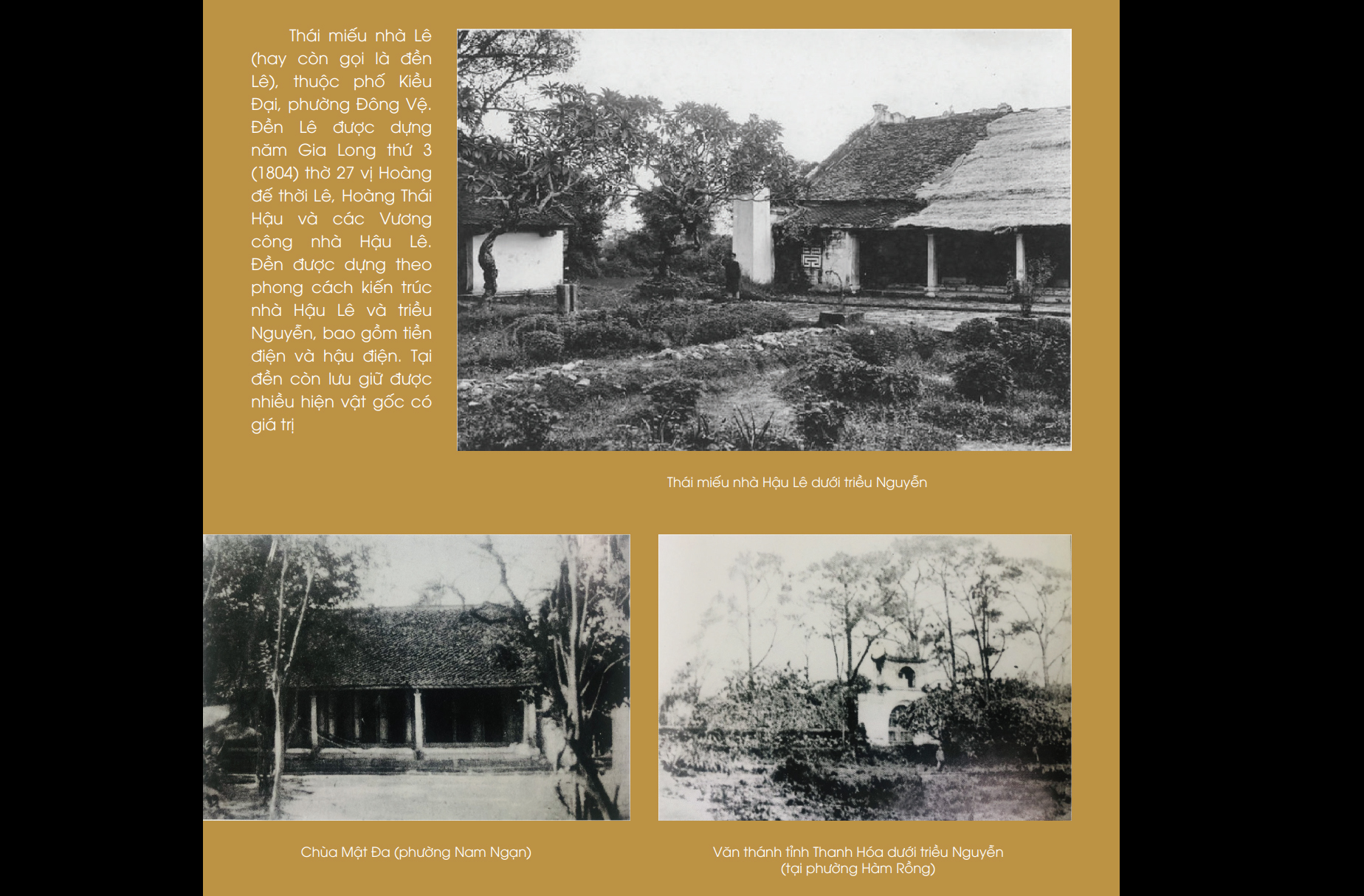
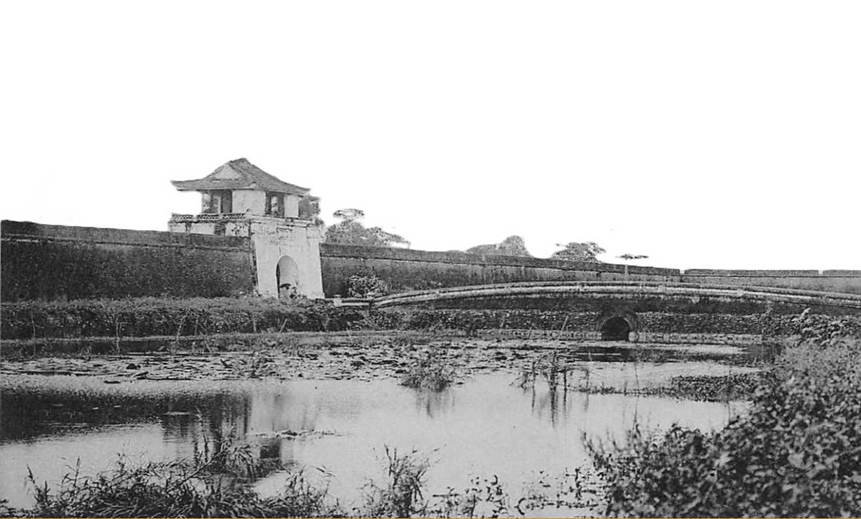
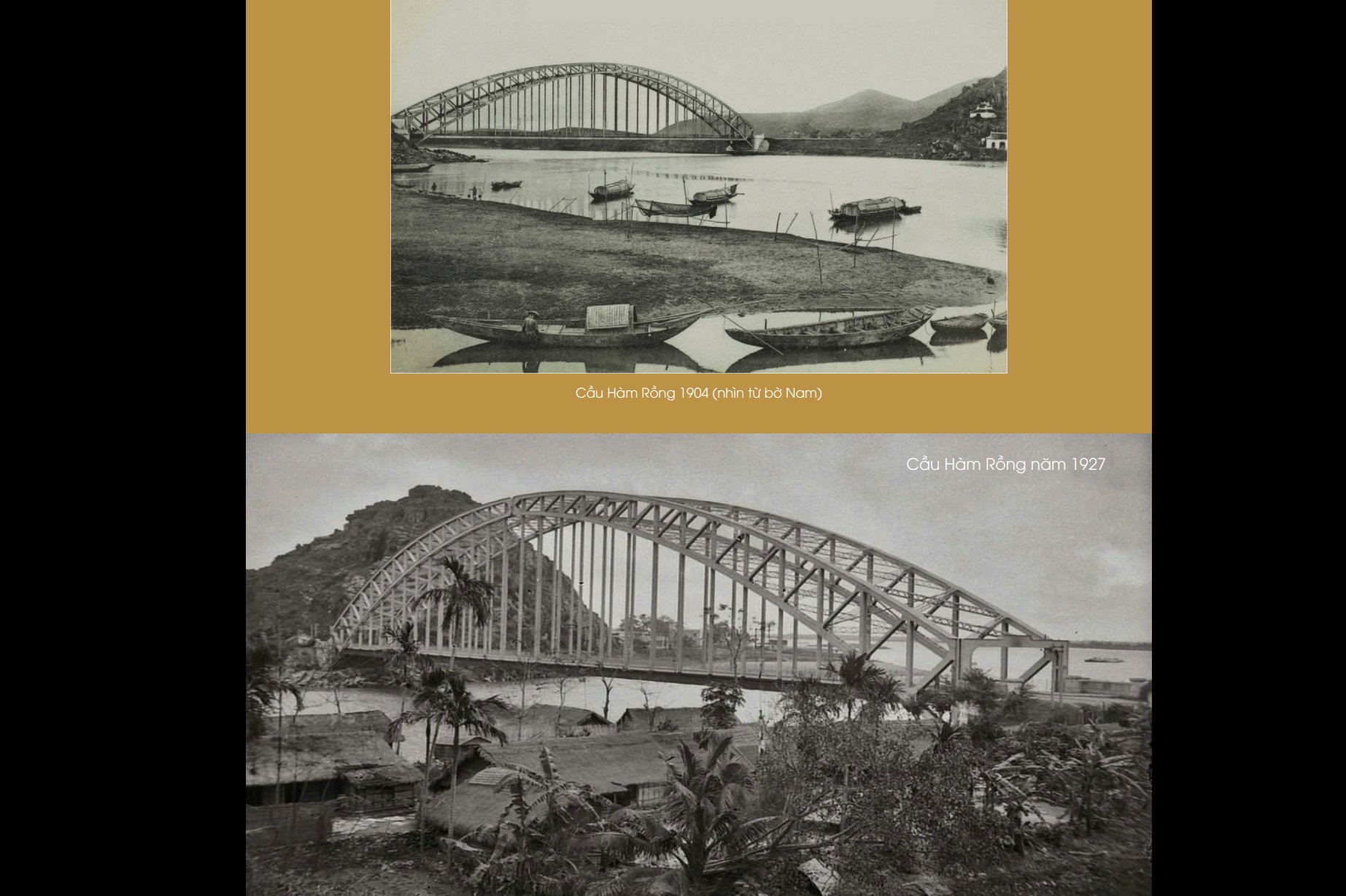
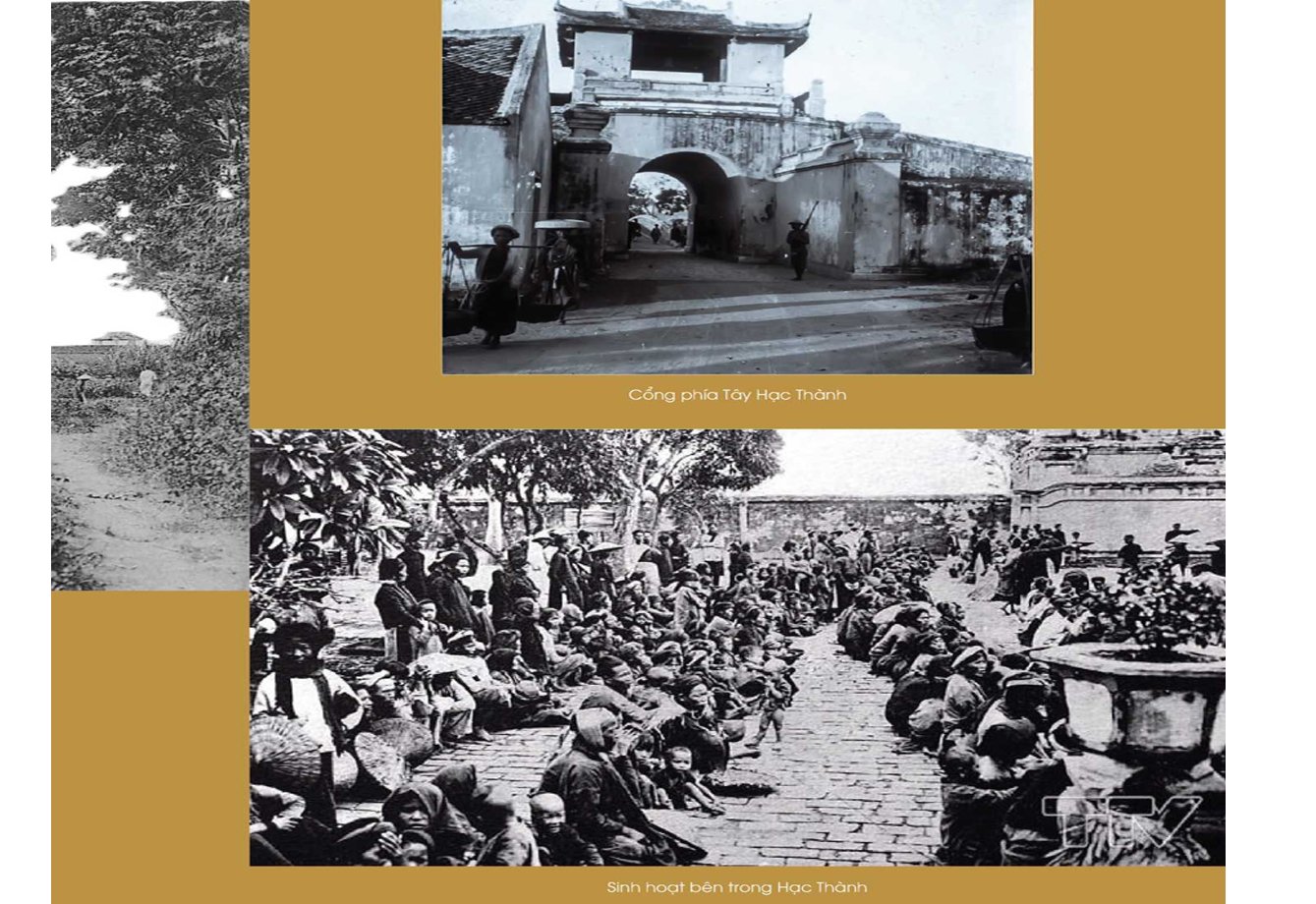
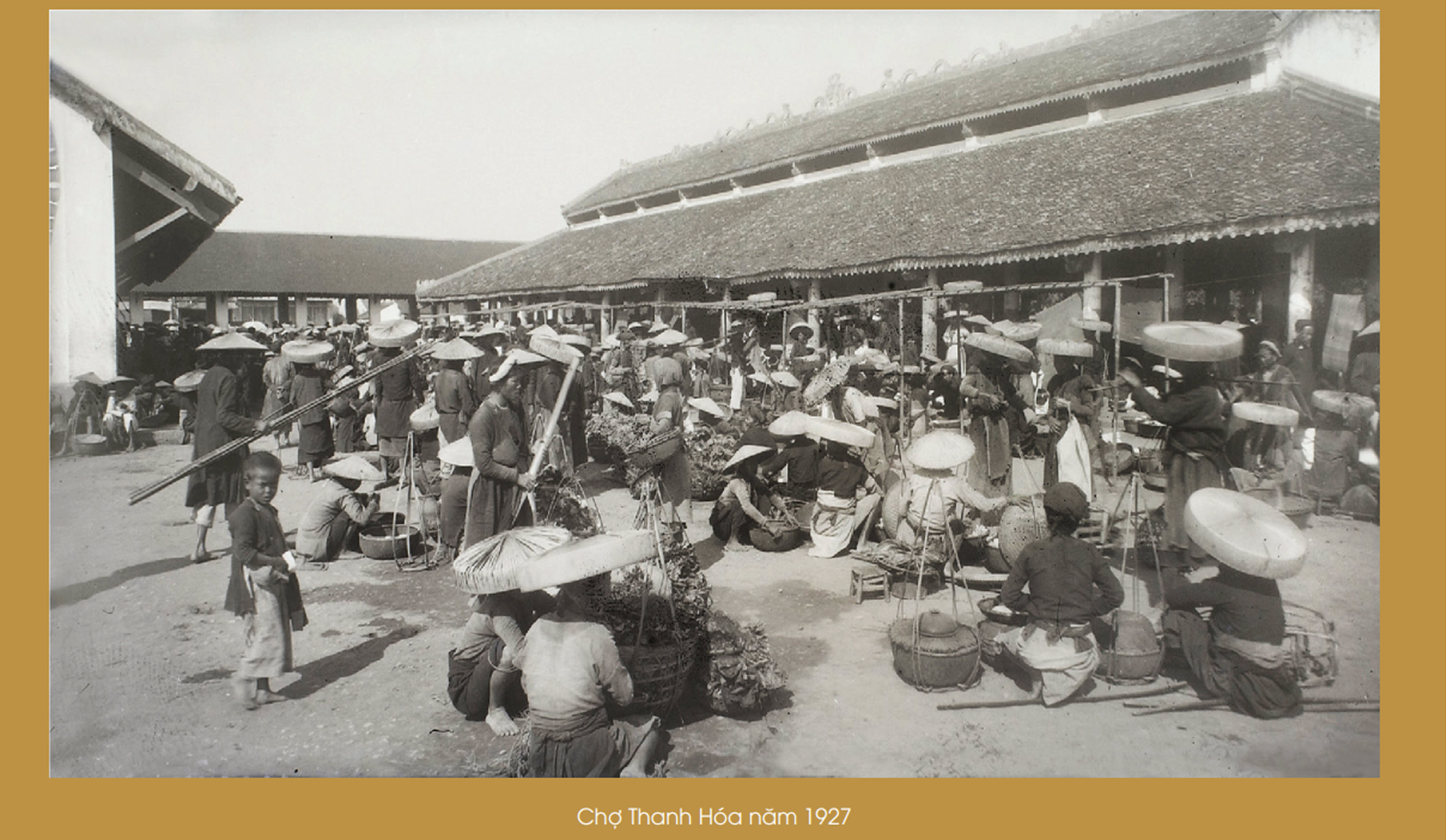
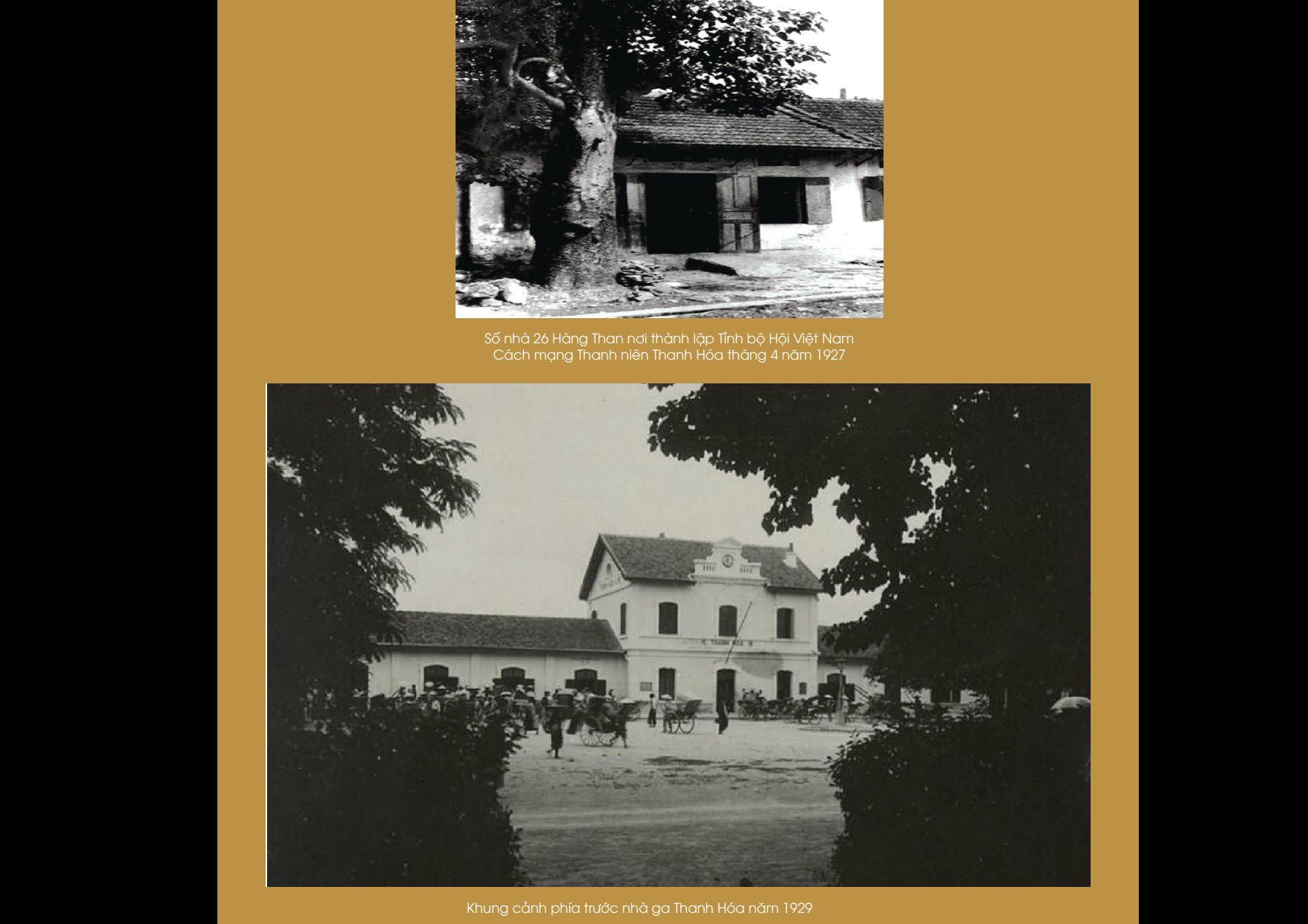
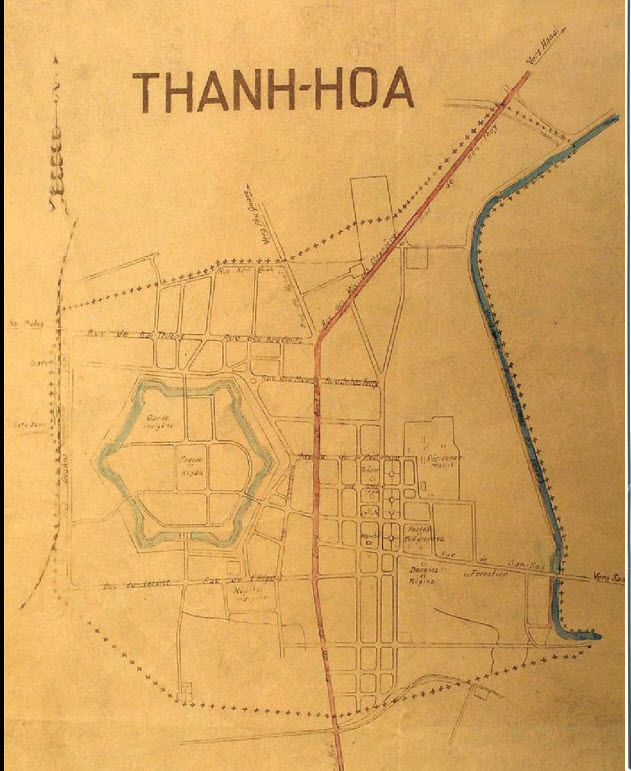
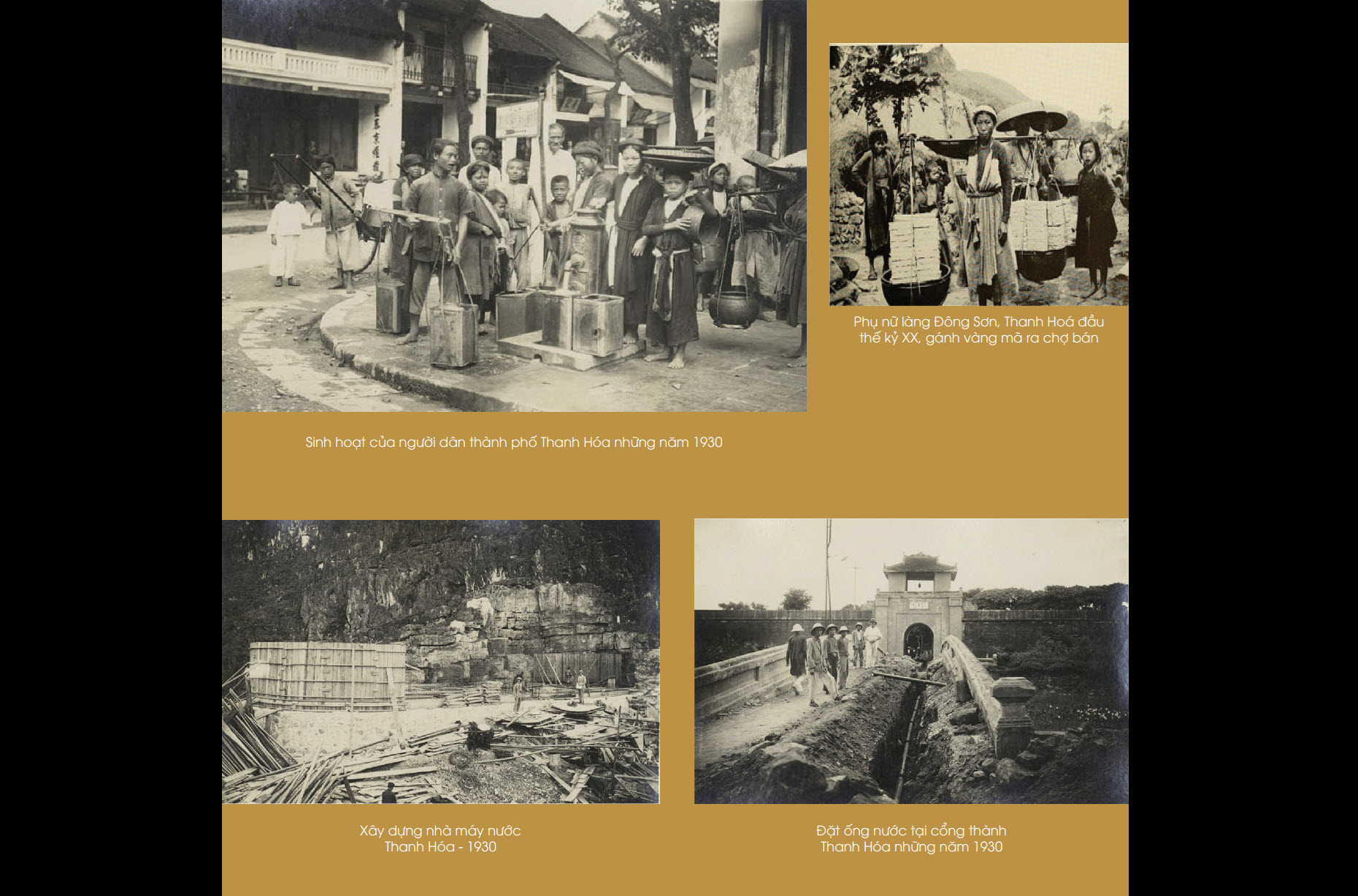
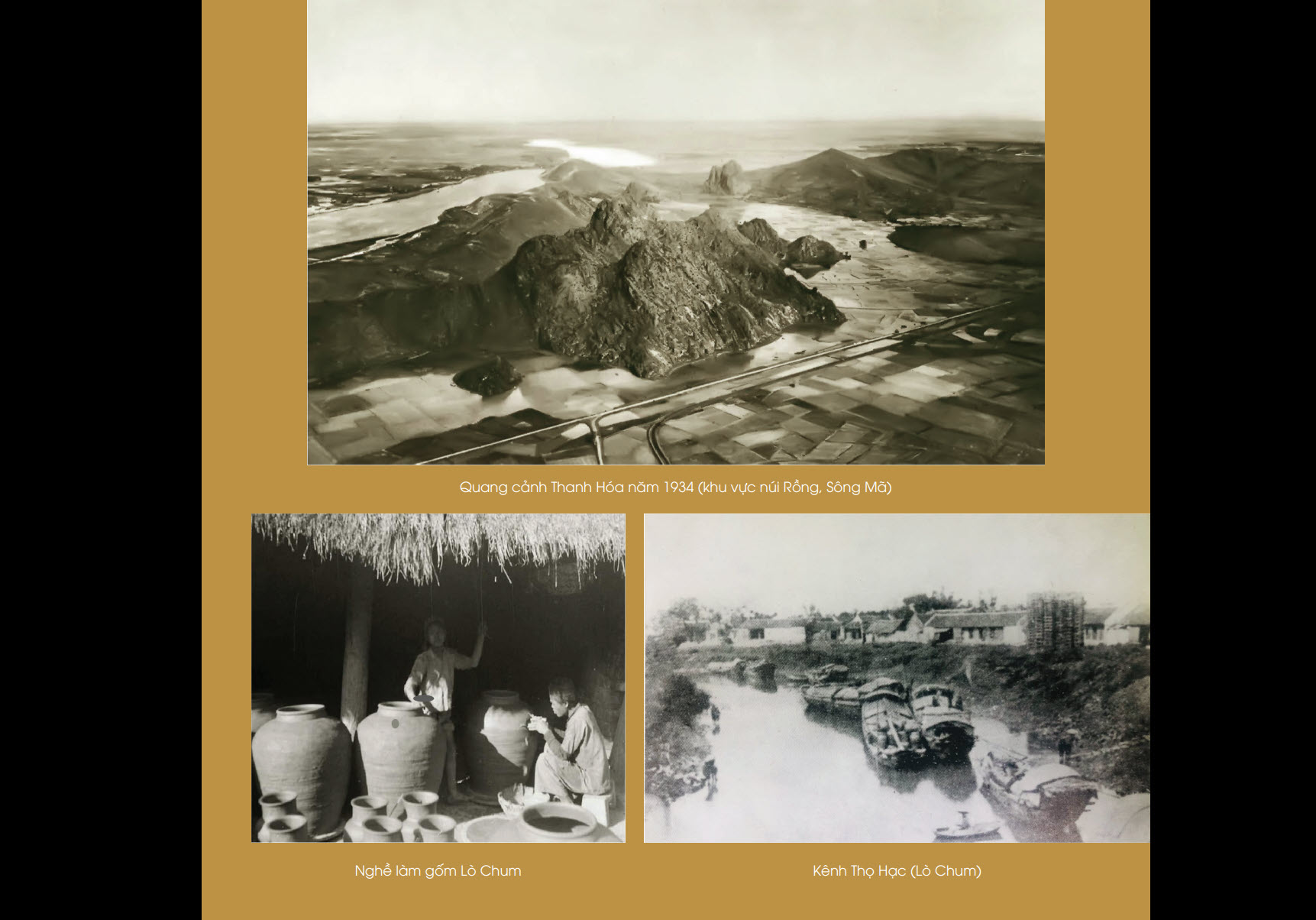
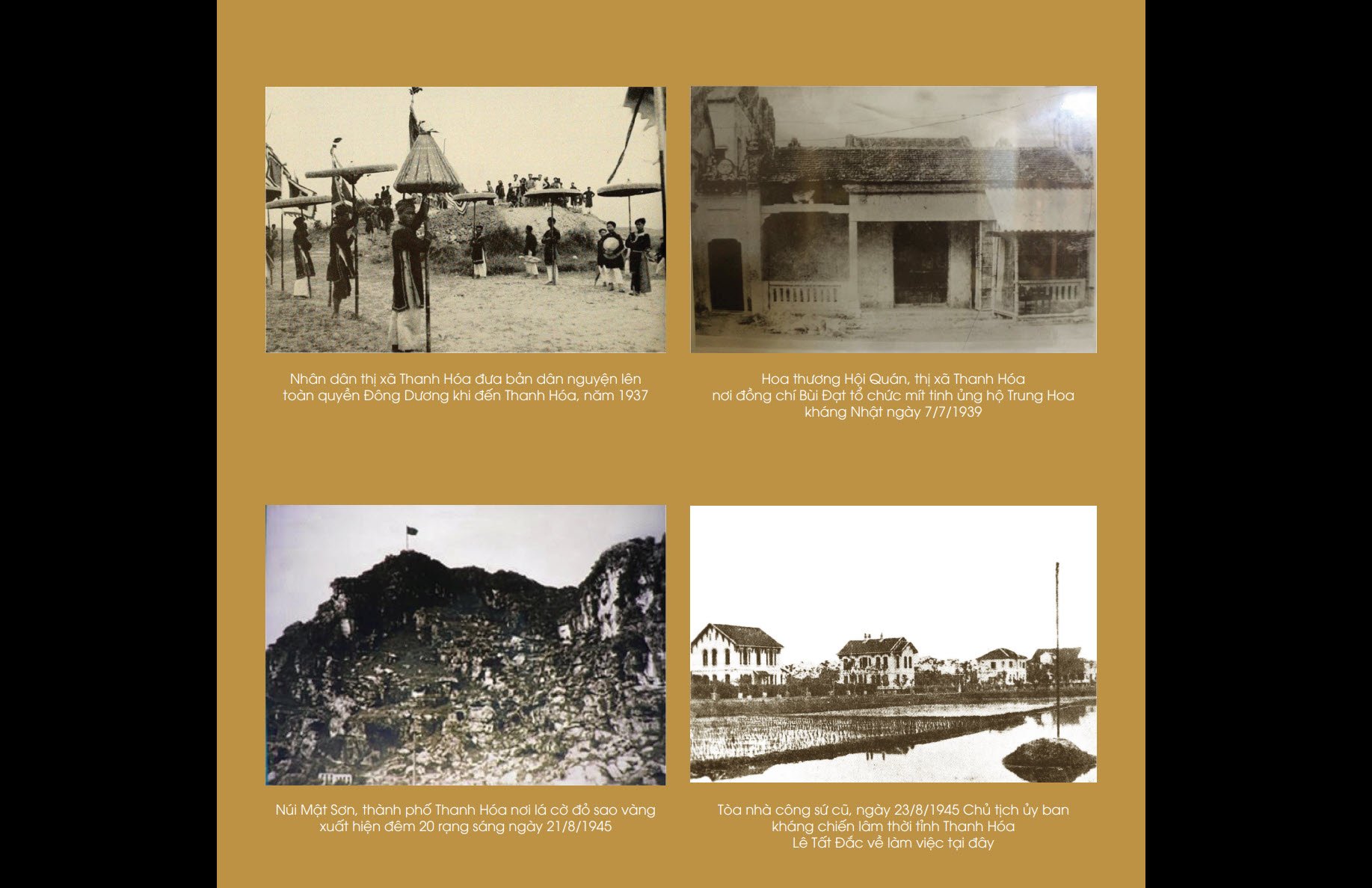
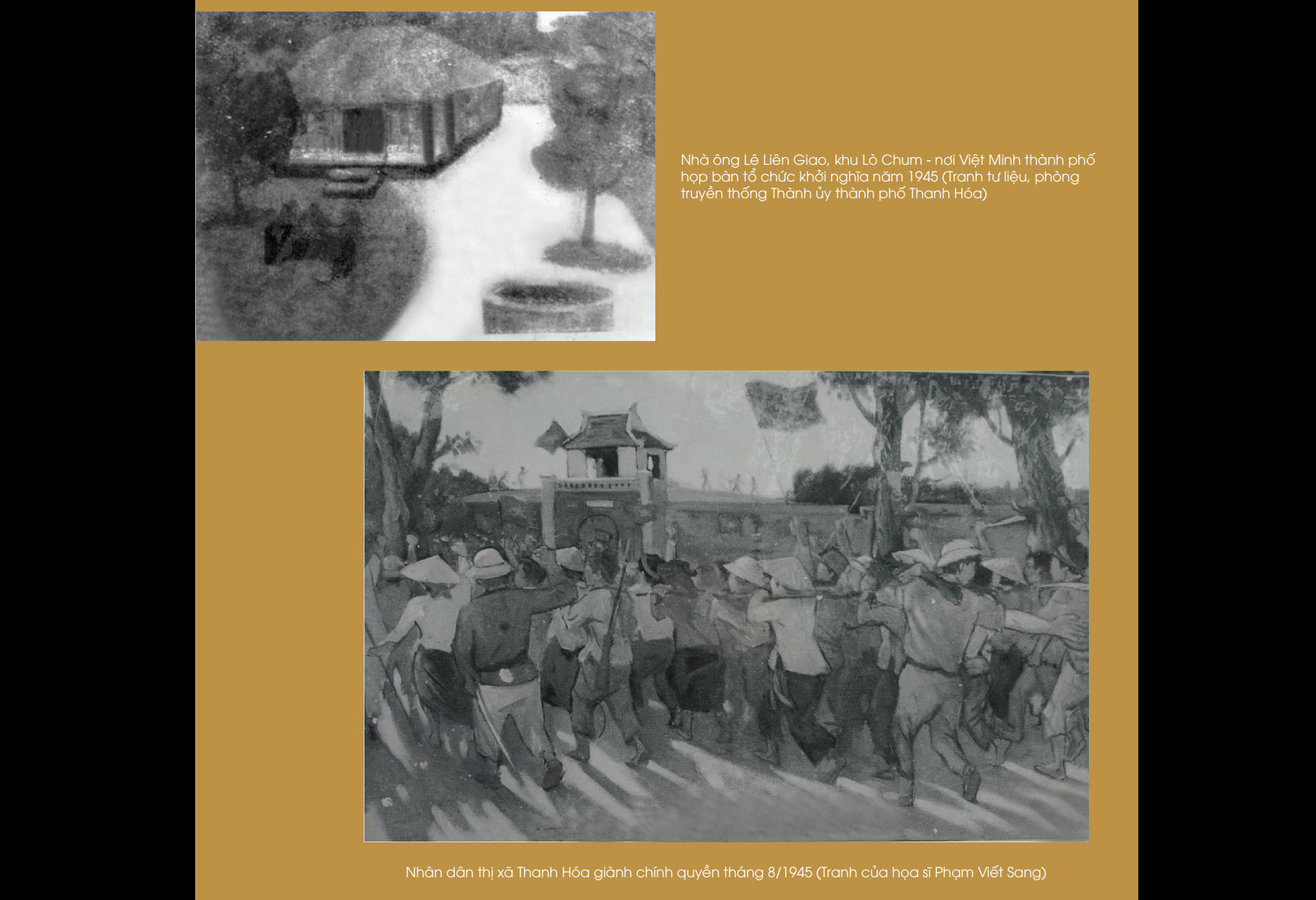
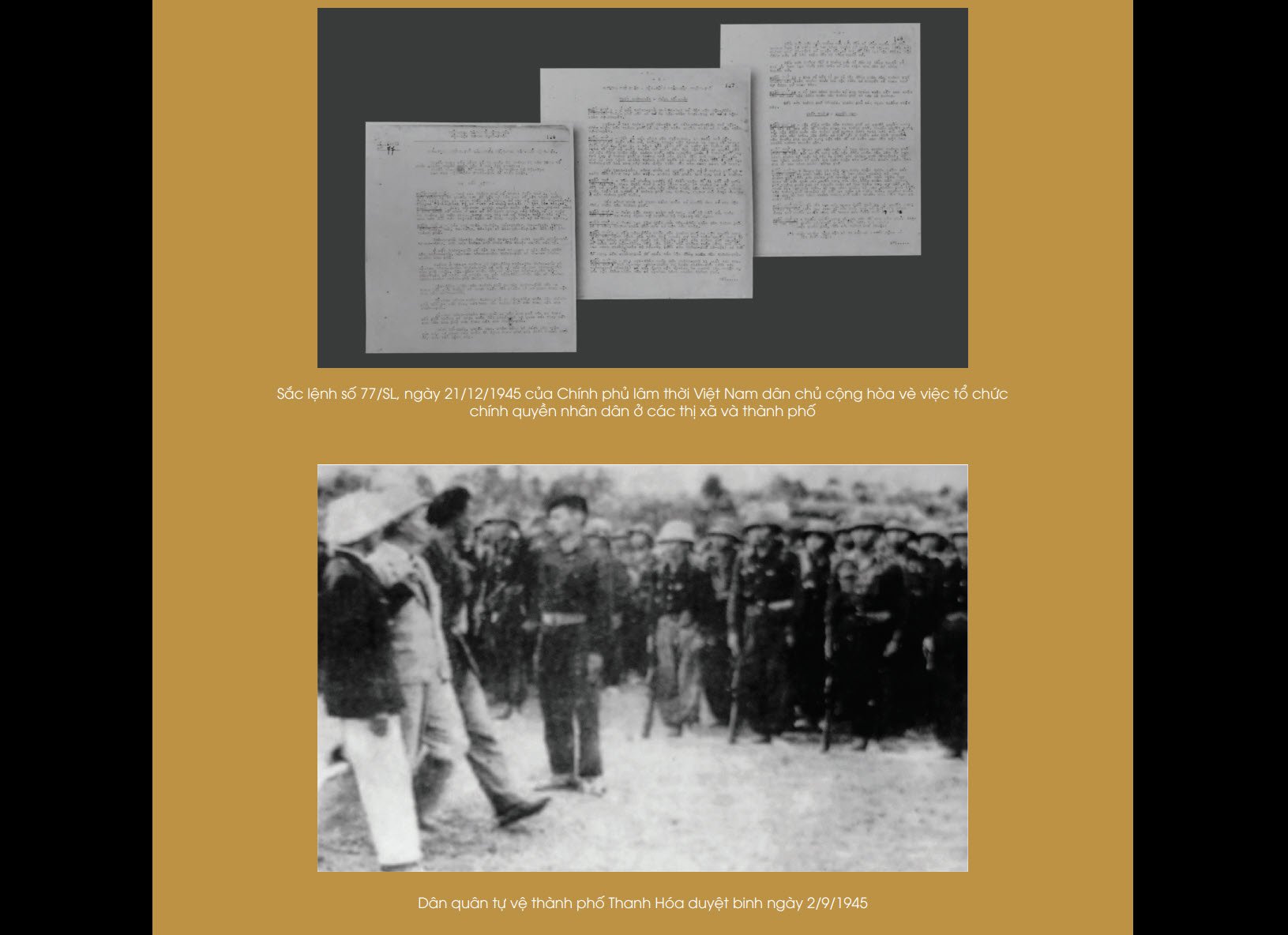
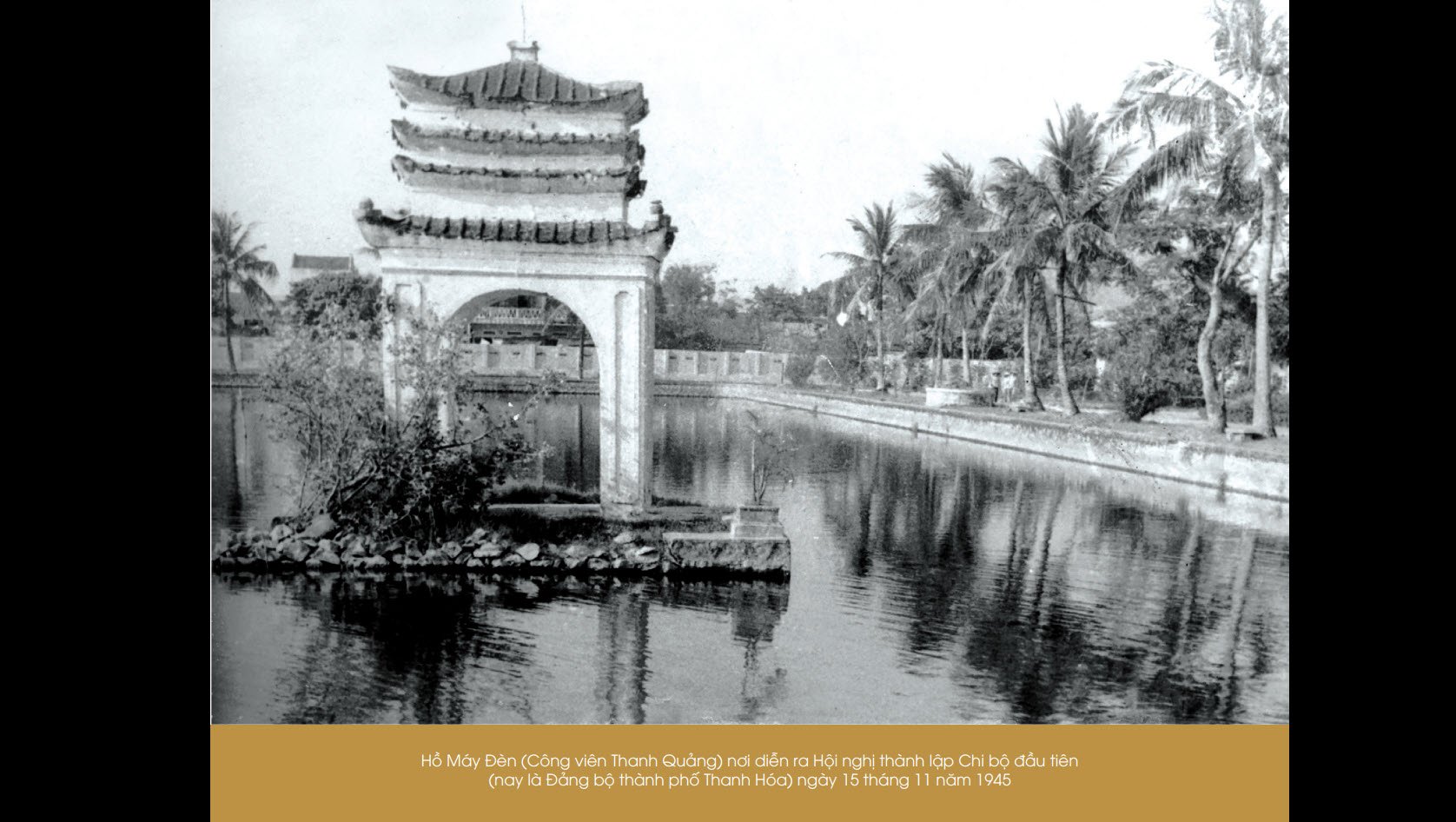







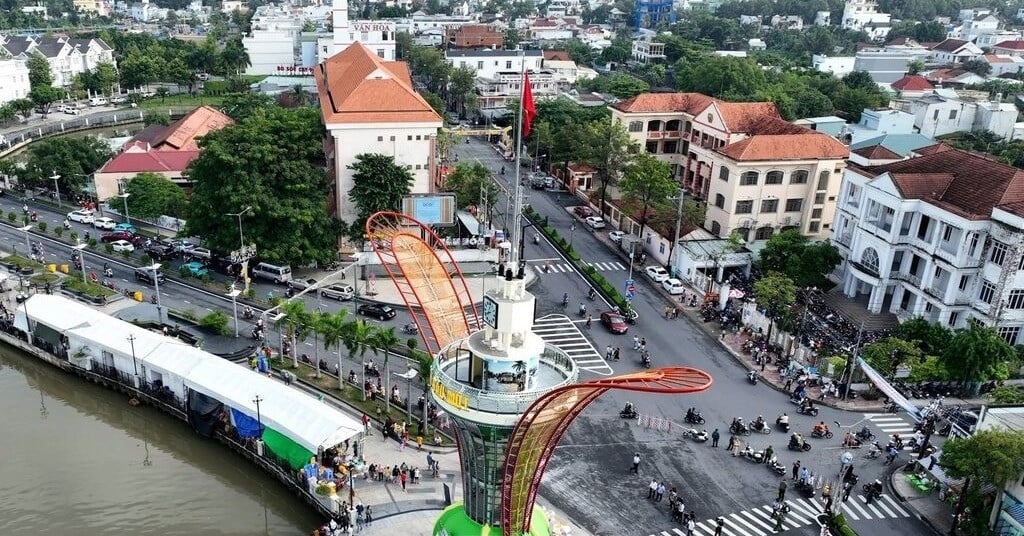











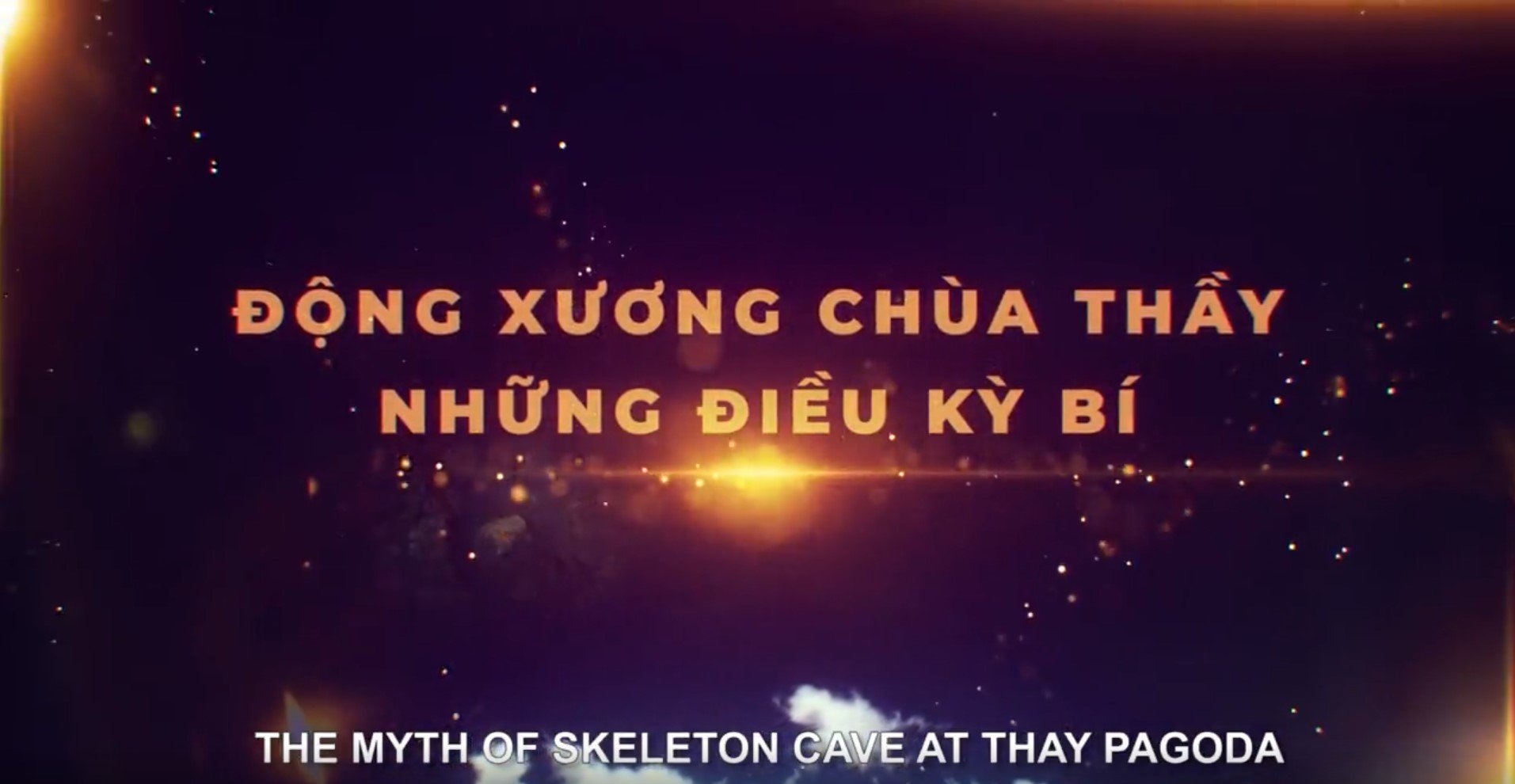











Comment (0)